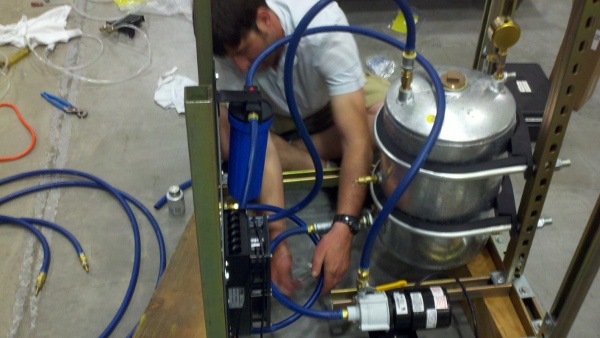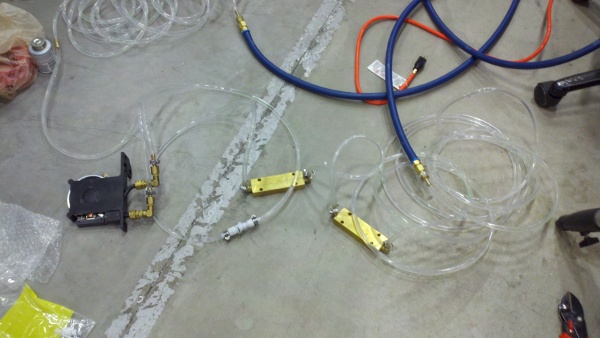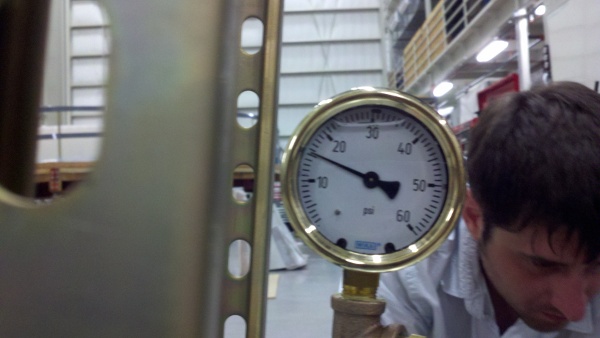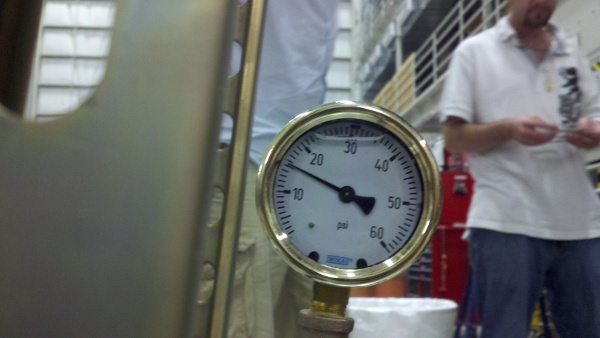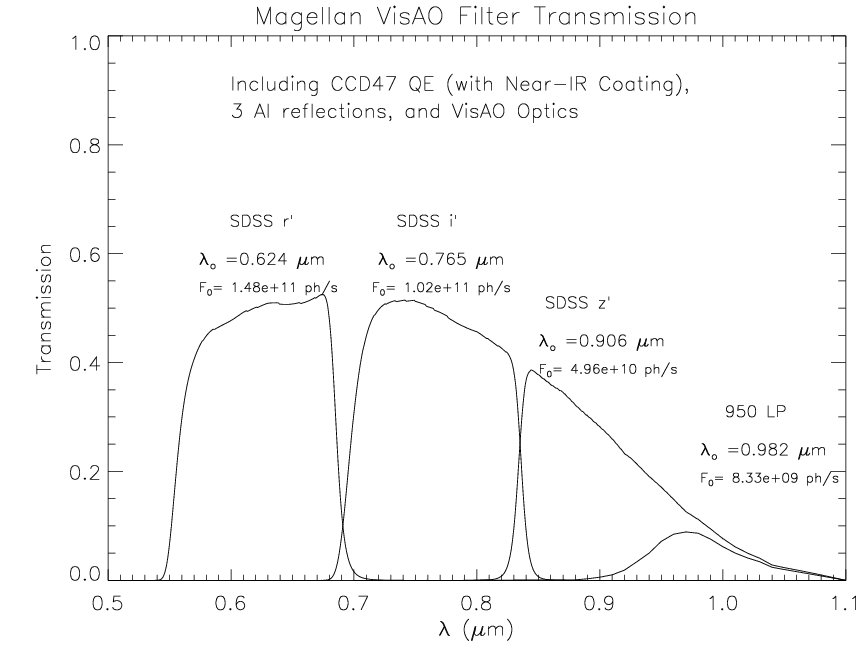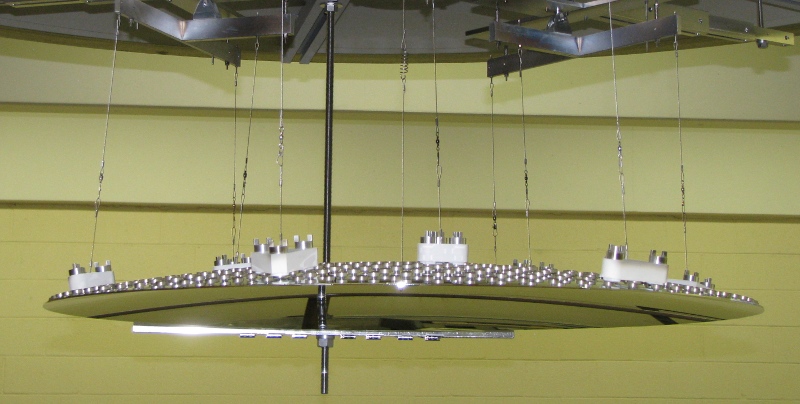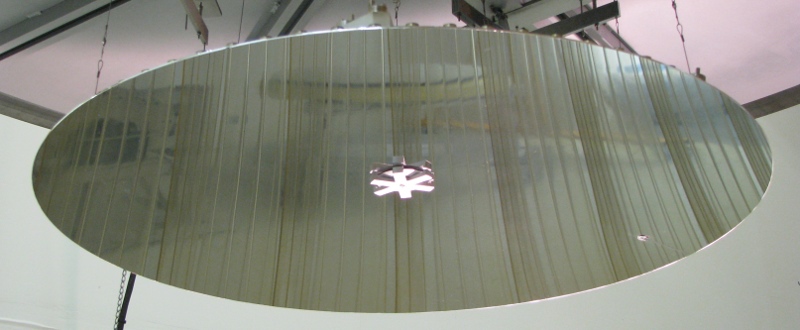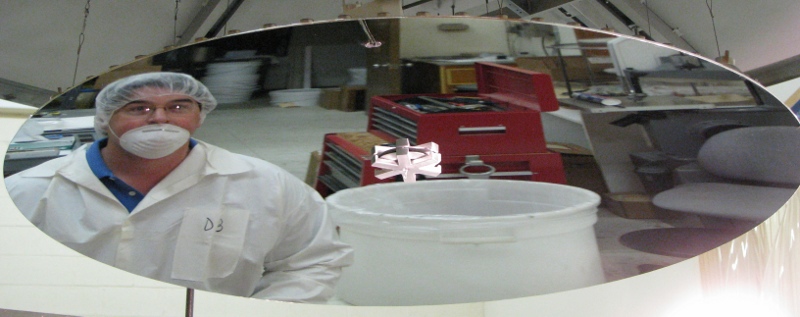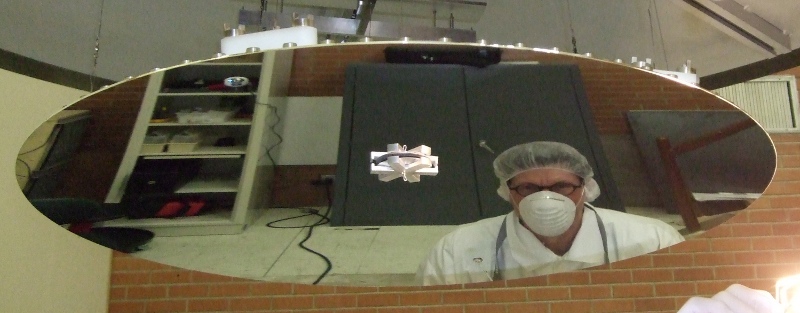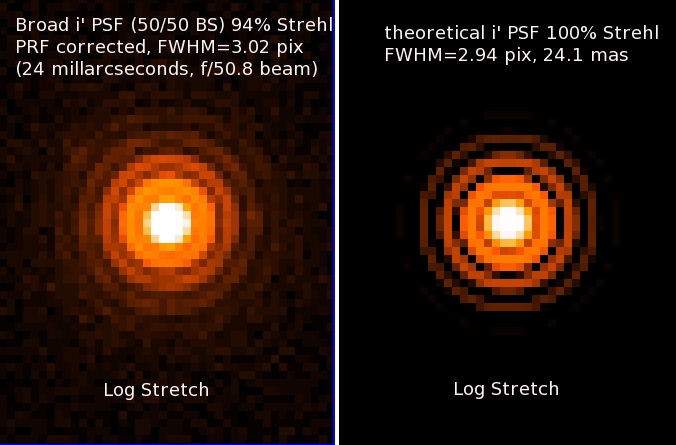Meanwhile, back in Tucson… We interrupt the NAS Fitcheck program to bring you this update on the Clio2 infrared camera.
After the Pre-Ship Review for Clio2 in Amsterdam in July, we have been completing preparations to receive diffraction-limited near-IR to thermal-IR photons from MagAO. Yesterday and today we installed the new J-band filter, and the cold pupil stops sized for Magellan. This was done in a CAAO lab at Steward Observatory in Tucson, where Clio2 is undergoing its final testing before shipment.
Cold pupil stops: Clio2 used to be “Clio” and was installed on the MMT telescope in Arizona. The MMT, like Magellan, is a 6.5-m telescope, but the Magellan secondary is 0.85m while the MMT secondary is 0.7m. Therefore, because the pupil is different, we needed two new cold stops for Clio2 on Magellan. A cold stop is a cryogenically-cooled metal mask located at an image of the telescope pupil, and its purpose is to block stray light (heat sources in the dome cause a lot of background thermal light) from contaminating the infrared image. Here is a picture of the pupil wheel with the new cold stops:

We also added a new J-band filter, taking out the old 3-5um Janostech filter from filter-wheel 1:
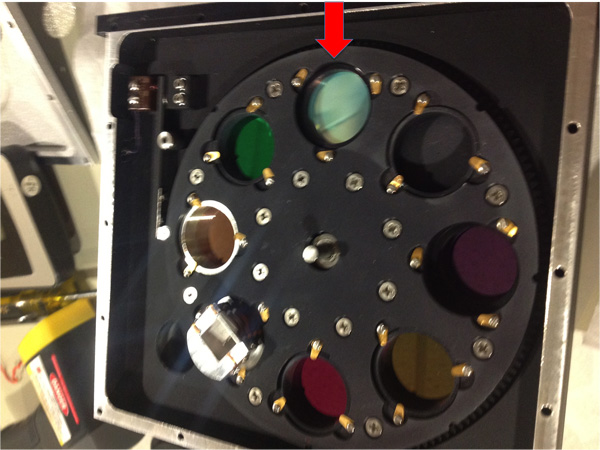
We updated the Clio2 user manual at http://zero.as.arizona.edu/groups/clio2usermanual/ so that we can repeat this in Chile if need be. Note the tools required: Most of the wrenches were found in a standard set of Allen keys, except for the 0.035” driver which is a special size.

It took about 3 hours to take it apart and insert the new filter and pupil stops, including finding new spacers, etc. It took about 1 hour to put it all back together.





